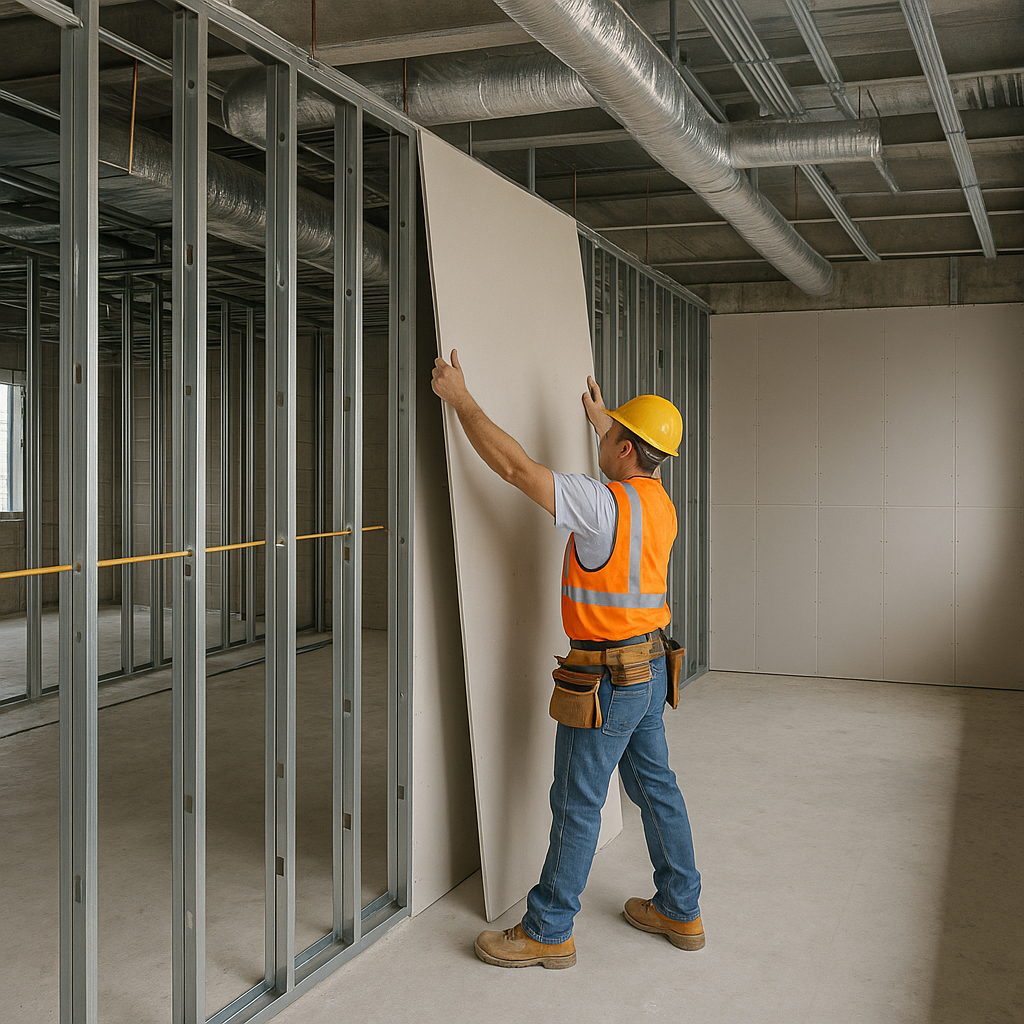
In the realm of construction estimating, precision isn't just about numbers—it's about understanding the built environment before it’s even built. For drywall contractors, architects, and engineers, one often overlooked yet critical factor is framing tolerances. These seemingly small deviations from perfect alignment can create compounding effects on labor, material use, and production planning. Recognizing and planning for these tolerances within the drywall estimating process is essential for accurate projections, smooth execution, and minimized rework.
Framing tolerances refer to the acceptable deviations in framing alignment, dimensions, or placement as defined by building codes, manufacturer standards, or trade practice guidelines. While drywall is designed to conform to walls and ceilings, its installation is directly influenced by the surface it’s being attached to.
For general contractors managing tight schedules, these small inconsistencies can add up to big delays and increased costs. For estimators, failing to account for framing variances can mean underestimated labor hours and misaligned scope.
When estimating drywall quantities and labor, most teams assume standard, flat framing surfaces. However, in real-world construction, ideal conditions are rare. Wall waves, uneven ceilings, and framing inconsistencies add complexity to installation—and if unplanned, these complexities lead to rework or change orders.
Drywall hangers and finishers may spend additional time correcting inconsistencies with blocking, float coats, or custom cuts. This labor, though hidden in project execution, can account for a meaningful portion of cost deviation from the original estimate.
Traditional estimating tools often fail to account for subjective, real-world field conditions. With modern tools that integrate structured cost models and field-driven insights, estimators can now include allowances for framing inconsistencies using historical and contextual data. Solutions purpose-built for drywall estimating enable teams to proactively embed these conditions into their estimates.
By learning from previous projects—how much framing deviation existed and how it affected install rates—estimators are empowered to refine their cost models iteratively. This shift from theoretical estimating to dynamic planning transforms how teams approach drywall budgets and production targets.
Framing will never be perfect. But that doesn’t mean drywall estimates can’t be precise. Using a platform like Active Estimating, estimators gain access to integrated tools that marry objective building data with expert judgment. This hybrid approach ensures that framing tolerances aren’t a hidden liability—they're a known, planned-for condition that enhances estimate reliability.
Framing tolerances may be hidden behind drywall, but their impact is felt across the budget, timeline, and quality benchmarks of any construction project. By accounting for them during the estimating phase, project stakeholders can avoid costly surprises and better align design with constructibility. Data-driven intelligence bridges the gap between drawings and drywall, empowering estimators to forecast with clarity—and build with confidence.
Schedule a personalized demo to see how Active Estimating can work for your specific needs.
